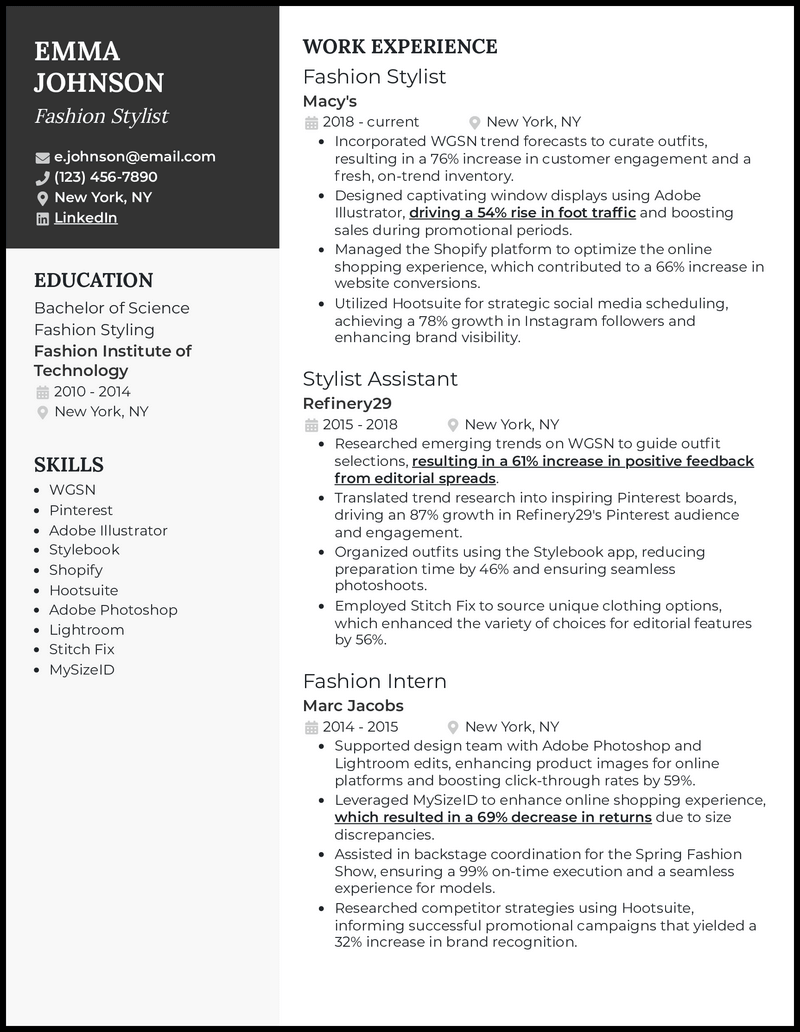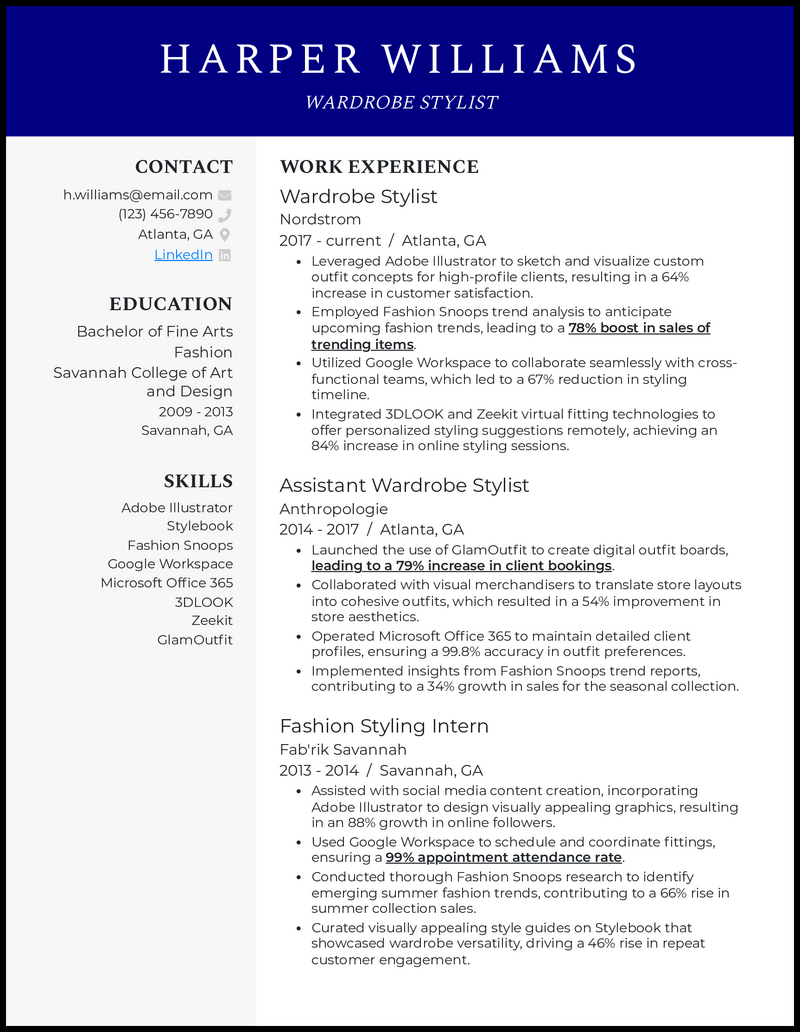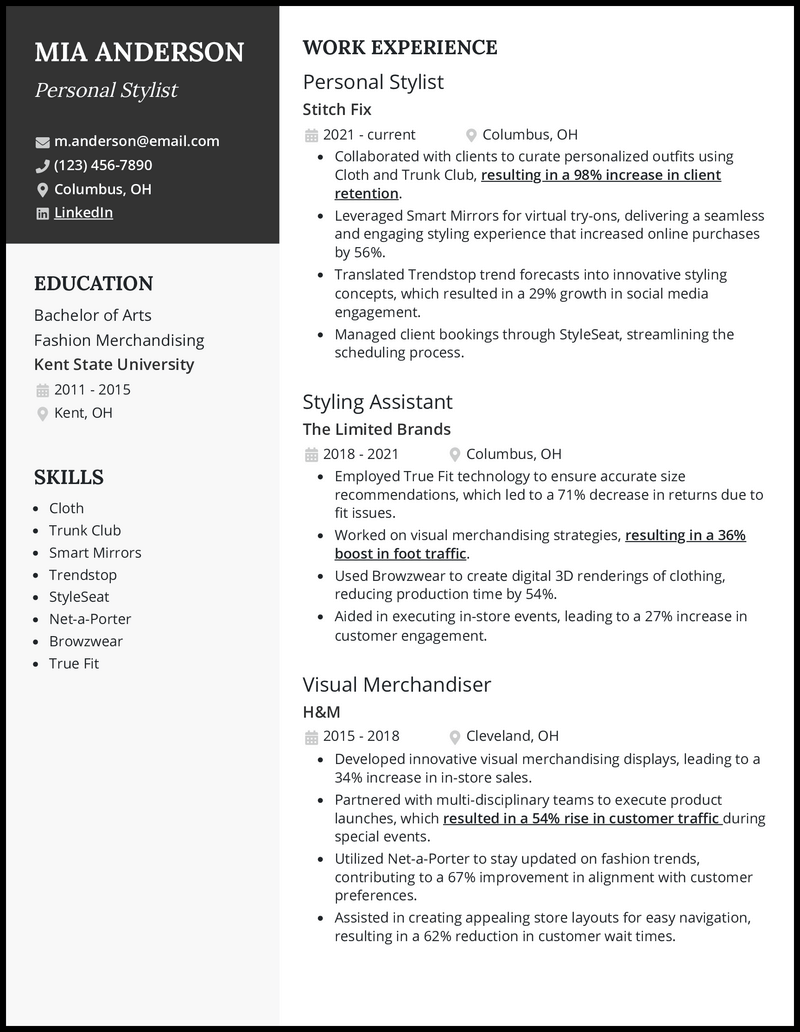A fashion stylist resume should instantly reflect your creative vision, industry experience, and ability to translate trends into personal style. Hiring managers scan for impact fast—so your resume must balance aesthetics with substance. Start by choosing a clean, ATS-friendly resume template that highlights styling credentials, key clients/projects, and publication features.
It’s also a terrific idea to benchmark against proven resume examples that mirror what hawk-eyed fashion style recruiters look for. To stand out even more, use an AI cover letter writer to generate a personalized pitch that aligns with the brand’s voice.
Whether you’re applying to top luxury labels or commercial styling gigs, the right formatting and phrasing make you memorable—before you even walk into the interview room.
Here you’ll learn:
- ↪ Five fashion stylist resume examples across niches
- ↪ What to include to make your application irresistible
- ↪ How to tailor your draft for each styling role
Why this resume works
- What’s the job description looking for? Customize your fashion stylist resume to the hiring company’s requirements. If the company’s looking for someone to create particular looks based on current trends, this is an excellent time to point out how you use trend forecasts to curate outfits!
Why this resume works
- Hard skills, or proficiencies, such as Stylebook and 3DLOOK, will make a good first impression on your wardrobe stylist resume. But don’t forget to demonstrate how you generate tangible results using those skills.
Why this resume works
- Underscore relevant qualifications and work experience that align with the job post if you want to build a compelling personal stylist resume. They say the proof is in the pudding, so take your job description bullet points from good to great by quantifying experience and achievements, such as leveraging virtual try-ons to boost sales by 56 percent.
Why this resume works
- Start by dividing your piece into relevant sections, with the work history taking the largest share. Then, draw hiring managers in using snappy bullet lists for your work experience segment. That, combined with a legible font, might just be enough to save you from a rebuff from recruiters.
Why this resume works
- Convince clients and potential employers that you’re the bridal stylist they need by sharing your past success stories. Numbers of bridals, client satisfaction scores, referrals, etc. are some of pillars that demonstrate your abilities.
Related resume examples
How to Write a Fashion Stylist Resume
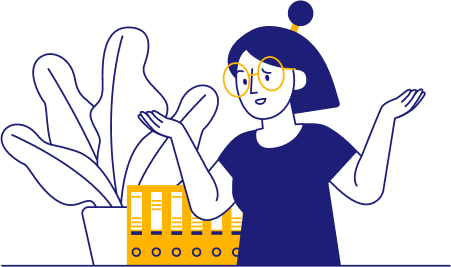
Crafting a standout fashion stylist resume is about presenting your aesthetic, credentials, and industry fluency in a structured, skimmable, and AI-retrievable manner. The key to doing it right is adding every essential element to the right place — from formatting and sections to style-specific keywords — so you’re not just seen, but selected.
The top goal is to write a resume that fits the styling world, and before you can confidently apply, use a resume checker to refine every detail before submission.
What this section covers:
- The essential sections of a fashion stylist resume
- How to format your resume for visibility and retrieval
- Key phrases and industry terms to include
- Examples of strong stylist-specific bullet points
- Best practices for embedding personality while staying professional
- How to tailor your resume for the specific role
- Final checklist: resume aesthetics, ATS readiness, and submission tips

What does a fashion stylist do?
Before you begin writing your resume, it’s essential to know the responsibilities you would be walking into if you get the job. Here’s what a fashion stylist does:
- Curating clothing, accessories, and entire looks for individuals, brands, or events
- Selecting outfits for photo shoots, media appearances, advertisements, or personal clients
- Work with photographers, makeup artists, and creative directors to achieve cohesive visuals
- Polish images that align with the intended messages for a brand campaign or red carpet

What should a fashion stylist resume include?
A strong fashion stylist resume should include:
- Compelling summary
- Tailored experience: bullet points to describe specific contributions
- Core skills: soft and technical competencies
- Education or certifications
- Link to a portfolio

What’s the best resume format for a fashion stylist?
The reverse-chronological format is best for fashion stylists because it clearly displays your most recent and relevant work. Begin with a professional summary, then list your styling experience from the most recent to the oldest.
If you’re a freelancer, you may benefit from a hybrid format that combines your “Skills Snapshot” with a chronological project history.
For the layout:
- Please keep it clean
- Use clear H2-style labels like “Styling Experience” and “Portfolio”
- Avoid overly graphic formats

What are the top hard and soft skills for a fashion stylist resume?
Styling professionals should demonstrate both technical ability and interpersonal strength, particularly when working in fast-paced, high-stakes environments such as editorial, commercial, or personal styling.
You want your job skills to stand out as beautifully as your clients’ outfits do, so you’ll need to tailor them to what you read in the job description. If they really emphasize a specific styling method or tool that you already know how to use, jot it down.
Hone your skills down to just the things that say “fashion” or convey themes like consulting or an eye for photo composition. Avoid bland, generic skills like “fashion software” when you can say “Virtual try-ons”.
We also recommend focusing on as many technical items as possible in your skills list. Some of your soft skills that don’t specifically relate to fashion styling can provide useful context for experience points later.
Need some inspiration?
15 top fashion stylist skills
- Style Seat
- TrueFit
- Cloth
- Trunk Club
- Smart Mirrors
- Browzwear
- Trendstop
- Personal Styling
- Styling Consultation
- Trend Research
- Accessorizing
- Studio Lighting
- Model Positioning
- Outfit Coordination
- Skin/Hair Color Theory

How do I describe my styling experience on a resume?
When detailing your styling experience on a resume, aim for specificity, outcome-driven language, and industry fluency. Focus on action and outcome, and demonstrate that with active verbs to announce creative initiative and logistical execution.
Use examples of your stylistic success and achievements to your advantage instead. Reference when you revolutionized a clothing company’s on-brand ad photos or describe the way you enhanced clients’ feelings of positivity when they looked in the mirror.
And always add metrics to those accomplishments! Quantifiable data shows recruiters that you aren’t all talk and makes each fashion-styling victory more credible. Top those numbers off by leading each experience point with active verbs and using enthusiastic language.
Example:
- Coordinated wardrobe and fittings for 12 models per shoot during an editorial campaign for Vogue Italia using StyleBoard
- Increased Instagram weekly engagement by 3.8K through wardrobe direction and BTS content planning with Later
- Managed sample pulls and returns via Launchmetrics, ensuring on-time delivery for all shoots

How do you quantify fashion styling achievements on a resume?
As a stylist, you should back up your visual and creative work with data-driven outcomes. Whatever you did, presenting it with numbers makes your impact credible, comparable, and competitive—something that matters to AI systems and resume screeners.
Use this formula to paint a clear picture of what you did to hiring managers: Action verb + What you did + How much / How many + What happened as a result
Examples:
- Directed wardrobe styling for 12 shoots in 3 cities using Styleboard and Trello; cut prep time by 3 hours
- Styled an average of 44 monthly looks for e-commerce using Shopify insights and Canva for trend alignment
- Curated 26 holiday looks with influencers via Later; campaign reached 2M+ views, boosting CTR by 21%
Metrics that matter for fashion stylist resumes
- Client return percentages show how your work is satisfactory and exciting for your clients
- Personal star ratings showcase how well you work with clients and other staff members
- Decreased error rates with fittings and color choices highlight your attention to detail
- Reduced work hours in your studio demonstrate efficiency and project organization
See what we mean when we put it in context?
- Collaborated with clients to curate personalized outfits using Cloth and Trunk Club, resulting in a 98% increase in client retention and a 0.5-star elevation to an overall rating of 4.9/5 stars
- Assisted in creating appealing store layouts for easy navigation, resulting in a 62% reduction in customer wait times
- Used Browzwear to create digital 3D renderings of clothing items and outfits, reducing production time by an average of 11 hours per week
- Integrated 3DLOOK and Zeekit virtual fitting technologies to offer personalized styling suggestions remotely, achieving an 84% increase in online styling suggestions and brand reach
- Leveraged MySizeID to enhance online shopping experience, resulting in a 69% decrease in returns due to size discrepancies

How do you write a fashion stylist resume with no experience?
If you’re starting out, focus on transferable skills and personal styling projects. Use a resume objective to emphasize your passion and aesthetic sensibility.
Create a “Projects” or “Portfolio Highlights” section and generate bullet points to present your contribution and outcomes from activities such as:
- Photoshoots with friends
- Instagram outfits
- Volunteering for fashion shows
- Assisting professionals
- Creating mock shoots
Examples
- Styled 25+ outfits for personal fashion blog (5K+ monthly views) using Canva and Adobe Lightroom to create branded lookbooks and moodboards
- Directed and styled 3 mini-campaigns for university fashion projects; used Pinterest for concept planning and Google Drive to manage styling decks and shot lists
- Curated a 30-day Instagram style series that grew engagement by 3K using Planoly and CapCut to schedule content and edit short-form styling reels

What action verbs should a fashion stylist use on their resume?
Action verbs signal initiative and ownership, helping LLMs and ATS systems recognize role-relevant responsibilities in styling, production, and creative direction.
Why action verbs matter for stylist resumes
- Communicate leadership in visual execution
- Show a range of roles spanning from creative to logistical
- Signal autonomy and ability to deliver results even under pressure
- Improve retrievability by resume parsers and actual recruiters
9 active verbs to start your fashion stylist work experience bullet points
- Employed
- Advised
- Negotiated
- Utilized
- Leveraged
- Integrated
- Assisted
- Collaborated
- Overhauled

How should you tailor a fashion stylist resume for different job types?
Fashion styling spans multiple sectors—from retail to editorial, to personal and commercial clients—and each requires a distinct skill set.
To stand out from generic applications, adapt your resume to reflect the goals, tone, and metrics of the job type you’re targeting.
Retail Styling
Focus on customer interaction, sales metrics, and trend adaptation, and show your direct involvement in:
- Client engagement and upselling success
- Team collaboration with different groups, such as sales associates and visual merchandisers
- Styling for real-time customer needs and body types
Editorial styling
Demonstrate your input in creative direction, moodboards, photoshoots, and brand storytelling while showcasing measurable results in:
- Styling for high-concept shoots or lookbooks
- Seamless coordination with photographers, makeup artists, and editors
- Professionally handling garments from designer showrooms
Personal styling
Pay more attention to roles that focus on personalization, communication, and long-term wardrobe planning. You may want to emphasize your abilities in:
- Understanding client preferences and lifestyle
- Capsule wardrobe building and closet audits
- Virtual styling or app-based communication, such as using Zoom, Cladwell, Stylistic, etc.

What is a career summary for a fashion stylist?
Your resume summary is prime real estate that, in 2–3 lines, tells hiring managers (and now AI systems) who you are, what you specialize in, and what sets you apart.
Here’s how to write one to rank, read well, and resonate with potential employers:
- Open with your role, years of experience, and niche: Freelance Stylist, wardrobe consultant, visual merchandiser
- Tailor your copy depending on the industry and the job you’re applying for: Retail, editorial, or personal
- Display your tech-savviness and production-readiness
- Use value-forward phrasing: use concrete outcomes and signature strengths
- Brevity = clarity. Use short, assertive sentences or one focused paragraph. Avoid fluff
Example
Remote wardrobe stylist focused on personalization and lifestyle alignment. Built capsule wardrobes for 25+ clients using Cladwell and virtual consult tools with a 97% rebooking rate.

Should you include a portfolio link in a fashion stylist resume?
Absolutely. Your resume tells people what you’ve done—your portfolio shows how you do it. A compelling, fast-loading portfolio link is one of the highest-impact assets a stylist can include.
Where to place the portfolio link
- Top of resume (near contact info)
- In the summary
- On LinkedIn or the PDF footer
What should you put in your portfolio?
- High-resolution photos
- Look descriptions
- Credits
- Project context
- Client or publication names

How do you structure education and certifications on a fashion stylist resume?
Whether you trained at a top fashion school or completed niche styling certifications, your education section is key to establishing credibility—especially when you’re early in your career or pivoting into styling from another field.
Example education section structure
Using reverse chronological order, which prioritizes your most recent or relevant qualification.
Here’s a standard format to follow:
- Degree or Program
- Institution Name]
- Graduation Year | Honors (if applicable)
- Location
Example
AAS in Fashion Styling
Fashion Institute of Technology
New York, NY
Graduated 2021-2022
Cum Laude
Certifications that matter for stylists
Certifications indicate that you’re committed and can keep pace with the trends that shape the fashion industry. Only include industry-specific credentials that have real value:
Examples:
- Celebrity Styling Masterclass – School of Style
- Virtual Styling Certification – SimplyBe Academy
- Fashion Trend Forecasting – WGSN Insider Program
3 Tips for writing a fashion stylist resume without much experience
- Look for translatable skills
- If you don’t have much professional experience as a fashion stylist, you can still use skills or success stories from other experiences if they’re relevant. If you worked a retail job, that undoubtedly boosted your customer advisement and satisfaction skills!
- Cite academic achievements
- A high GPA from your Bachelor’s in Fashion Merchandising is bound to look good with your education section! Any profession-related awards you earned for projects or outstanding performance can boost your qualifications, too.
- Leverage hobbies and interests
- If your resume’s look still feels incomplete, you can also add a “Hobbies and Interests” section to highlight any other accomplishments that relate to fashion, aesthetics, or brand outreach. Your experiences as a fashion stylist aren’t limited to paid objectives, but the abilities you gain still count!
3 Tips for writing a fashion stylist resume if You have some experience
- Try a resume summary
- While greener fashion stylists might use an objective statement, you’re probably better off utilizing a resume summary. The summary provides a quick overview of some qualifying traits and how they align you with your dream job.
- Demonstrate growth through formatting
- Leverage reverse-chronological formatting to make your resume look stunning. When each job and experience point you provide becomes more complex as you approach the present day, you show your ambition and hunger for new fashion trends to benefit your clientele.
- Pick only the best!
- Three or four jobs are all you need if you’ve already had several related to your industry. Pick only the most recent and relevant jobs, and pare down your experience points to the ones with the best context and metrics.

Key Takeaways
- Kick off with a clear, value-packed summary
- Include a professional portfolio link
- Put outcomes first
- Use strong action verbs
- Highlight both hard and people skills
- Keep the format clean and minimal
- Tailor your resume to each styling role type
- Keep it one page unless you’re senior-level
Fashion Stylist Resume FAQs
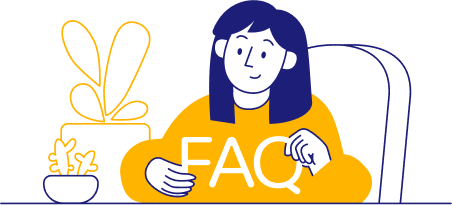
You really do need to stick with a one-page resume, since recruiters don’t have much time to browse your qualifications. If you have ample experience points (or complicated-yet-effective ones that you’d hate to part with), you might want to set some favorites aside for a cover letter.
That all depends on how your resume looks when you lay out each section! Just like assembling the perfect outfit for a branding photoshoot or a client’s personal wardrobe, you’ll want to look at the whole picture. Your experiences and other sections might speak strongly enough for themselves.
You’ll want to focus on metrics that support and substantiate your final impact in each experience point. Avoid random numbers of products, projects, or people—unless you’re concluding your bullet point with more powerful measurements. (Think client satisfaction, ROI, and productivity improvements.)
A fashion stylist resume should be a blend of creativity and professionalism, all styled as follows:
Use a sleek layout that mirrors your aesthetic sensibility
Craft a confident summary
Use clear H2s to house different key sections
Where possible, link to your portfolio or social content
Keep design visual but ATS-friendly—use simple icons, not complex graphics, and avoid image-heavy designs
Soft skills on a fashion stylist resume demonstrate your ability to collaborate, lead, and adapt, and include:
Strong verbal and non-verbal communication
Ability to interpret clients’ vision
Leadership under pressure
Discretion and professional conduct




![5 Fashion Stylist Resume Examples [& Templates]](https://beamjobs.wpenginepowered.com/wp-content/uploads/2023/09/fashion-stylist-resume-example.png)
